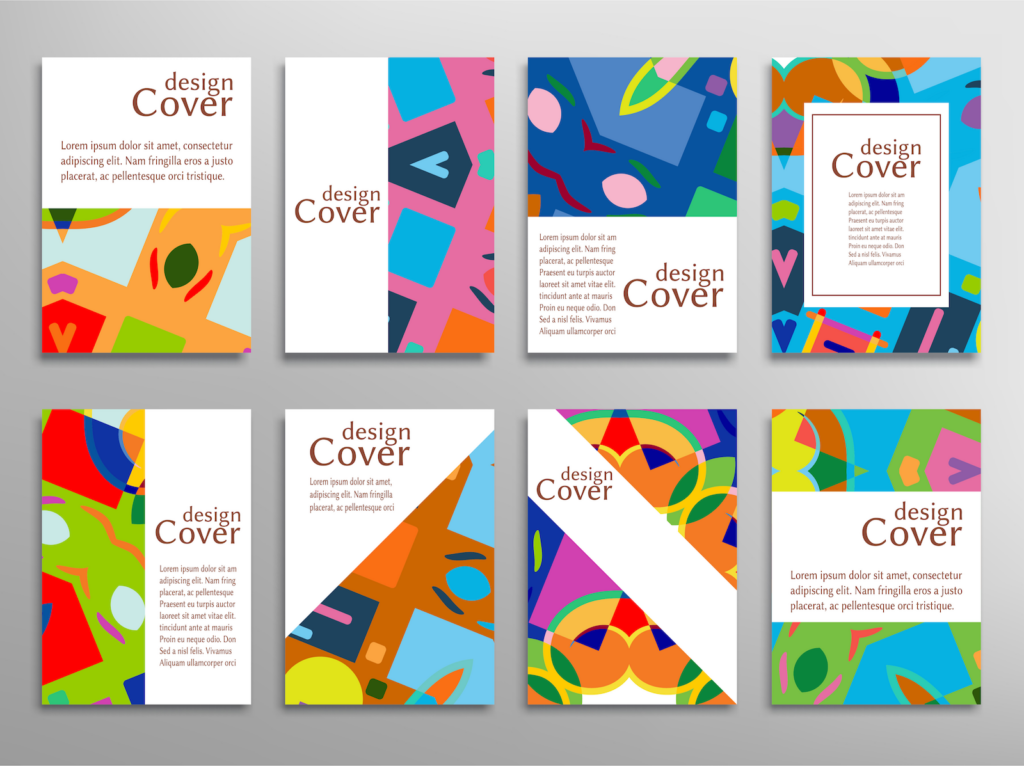C is for … Covers
Despite the well-known advice about not judging a book by it, a good cover can help to sell your content.

By their nature, covers come in for a lot of attention. Many different stakeholders are involved in their development: publishers and editors, designers and media specialists, sales and marketing teams, authors, not to mention focus groups made up of potential users… covers will often circulate widely, and can be the subject of intense debate. And despite the well-known advice about not judging a book by it, a good cover can help to sell your content, so it’s worth getting right. After all, it is the first thing that potential course users will see. It needs to work at different scales, from thumbnails in catalogues to poster-size blow ups on conference stands (as well as on bookshelves, of course). Ideally, it will give a flavour of what’s inside and help to generate enthusiasm for the content.

So what makes a successful coursebook cover?
The answer to this question depends on a number of factors. With younger target audiences, for example, it’s a good idea to use bold, bright colours and attractive, age-appropriate illustrations or photos that encapsulate the course theme. Make sure the text is sharp and easy to read – the cover shouldn’t contain stumbling blocks like difficult fonts or insufficient contrast between text and backgrounds. Of course, this is important for all users, not just young learners, but it is especially important for learners who are just beginning to develop their literacy skills.
The success of the cover design process depends to a large extent on the relationship between the design and editorial teams. For cover development to go smoothly, good communication is needed and, above all, a clear and detailed brief. With this in mind, let’s look at some simple tips for writing a good cover brief.
The success of the cover design process depends to a large extent on the relationship between the design and editorial teams.
First, provide all the essential information. That is, the name of the product and author(s), the level, the ISBN (if known), as well as any logos that need to appear on the cover. If the back cover will have screenshots of digital components or thumbnail images of covers for other print components, include this information in the brief along with instructions for call outs to highlight key features. This can be tricky in terms of scheduling, as screenshots/covers may not be available until quite a late stage. It is common to list the corresponding components (print and digital) for teachers and students separately in the back cover copy. The back cover copy also often summarises the course’s functionality and key selling points – and writing great back cover copy is an art in its own right!
Your cover brief should provide context, which may be obvious to editors working on the course but less so for designers working across multiple projects, or for external design studios. For example, who is the end user? Which are the key markets and competitors? The brief should also provide direction. What other covers and styles do you like? What are the unique selling points of your product? What message do you want to convey with this cover? By answering these questions clearly, you will help your designers to provide a cover that does justice to your course vision. The answers to these questions will also form part of the overall marketing strategy for the course.
Finally, make sure you let your designers know how many covers will be needed in total and how many different components there are (coursebooks, workbooks, teachers’ books, etc.), as the main cover design will need to be adapted across all these different components so that it’s clear they’re all part of one unified course, but equally that it’s easy to see at a glance which component is which.

In order to produce a cover that will resonate with your desired audience, it is essential to get timely and realistic market feedback. This may be done through focus groups, with A/B testing to compare alternative versions, or by seeking feedback from regional sales and marketing teams. Expect to receive lots of different, possibly conflicting opinions! Cutting through these contradictions can be difficult, but a combination of open questions to gauge initial reactions and more probing questions focussed on specific aspects of the design can help to garner useful feedback that will inform cover development.
Remember, though, that teachers may have other priorities when it comes to judging a cover. As much as you would like them to engage with the carefully-crafted design concept, many teachers mainly want a cover that they can quickly tell apart from the other coursebooks in the staffroom as they’re rushing off to their next class!
Contact us
We'd love to hear from you and promise to contact you asap. Either fill in our quick and easy form below or email [email protected]

The Content Station is your trusted educational publishing team. Our local experts across the globe can deliver on any brief.

